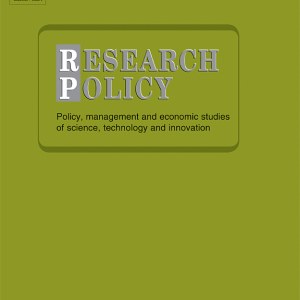
Borner, K., Deken, F., Berends, H. and Feldberg, J. (2021). Innovation ecosystems and systems of use: How users and intermediaries create complementarity-in-use Research Policy, :.
-
Affiliated authorFrans Feldberg
-
Publication year2021
-
JournalResearch Policy
The value that users might derive from products and services increasingly depends on their complementarity with other products and services. Whereas prior work has emphasized complementarity as designed by firms and complementors, we shift attention to how complementarity arises in use. This study is situated in the smart home industry where digital products offer an unbridled range of conceivable combinations, and users{\textquoteright} systems of use may involve products that are not designed for complementarity. Through a multi-method multiple case study, we found that users not only mix and match products designed to complement one another, they also create novel combinations enabled by toolkits offered by intermediaries. We find that user-created combinations are anchored in their systems of use and their behavioral routines, and tend to be systemic in nature. When shared with other users and firms, the creation and adoption of these user-created combinations reveals important insight into the complementary value that products can provide, which firms may lack in their quest to assure technical compatibility. This pathway towards complementarity gives users and intermediaries an important role in innovation ecosystems and extends the scope of user innovation.